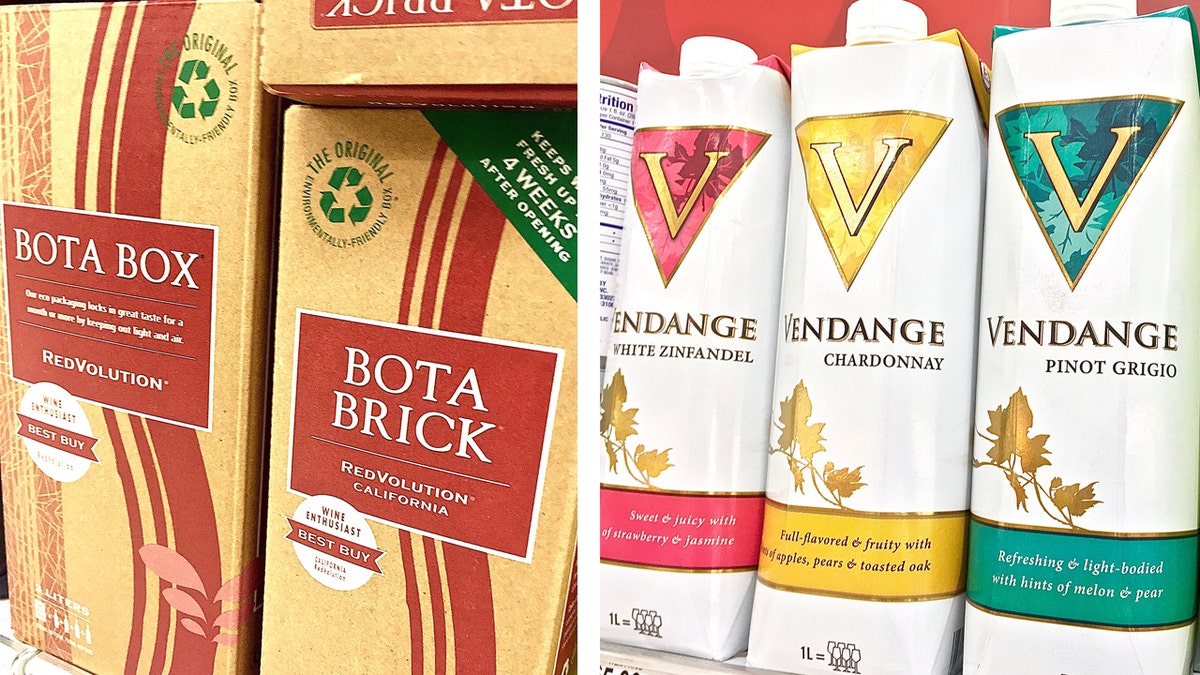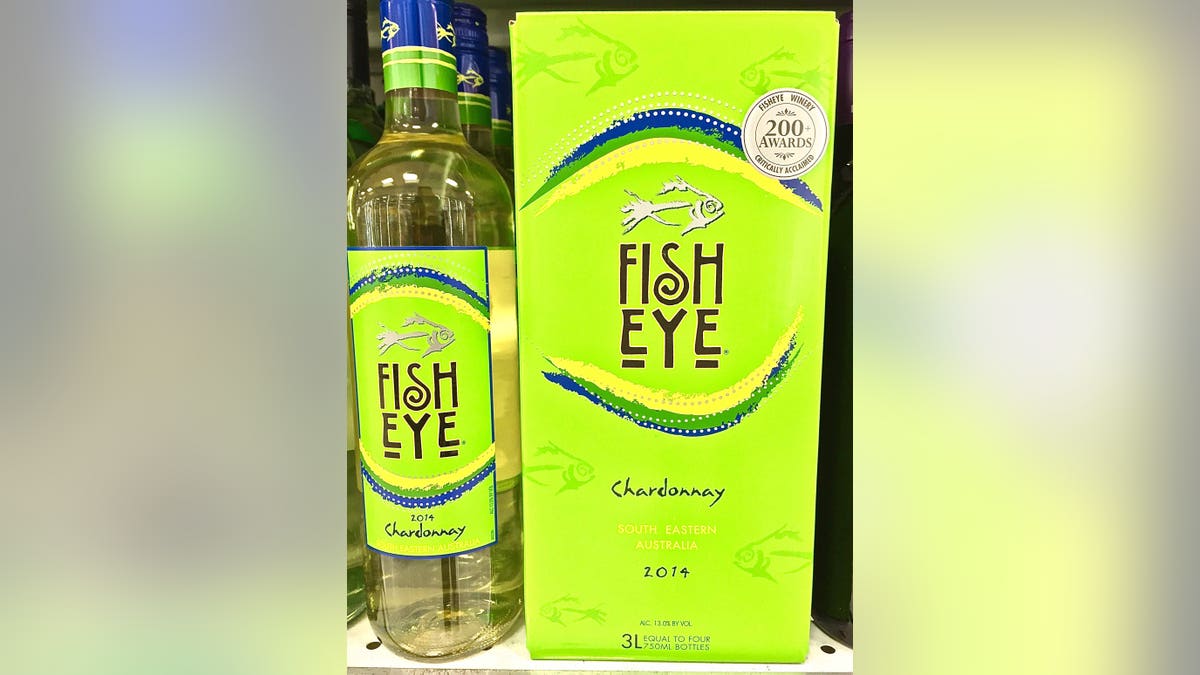
Three liter boxes (left) hold the equivalent of four 750mL glass bottles. Now, convenient tetra paks are gaining popularity with consumers.
For years, one of the most loathed word combinations in the long history of the grape was “boxed wine” — and for good reason. For decades, poor quality wine, labeled simply as “white” or “red,” was relegated to these boxes and sold in supermarkets at bargain basement prices.
But things have changed in recent years.
Boxed wines, once the lowest level of the quality pyramid, are finally getting some respect. And they’re becoming increasingly popular among consumers.
Danny Brager, Nielsen Company’s senior vice president of beverage alcohol practice, confirmed their newfound popularity at the 2016 Wine Market Council. “While 750-ml glass bottles solidly hold 70 percent of the market,” he said, “3-liter boxes and Tetra paks posted the strongest growth. At 3.3 percent of the market share, 3-liter boxes grew 13.7 and 12.3 percent in value and volume, respectively, while Tetra (only one percent of the market) grew 21.9 and 21.8 percent.”
Boxed wine originated in Australia in the 1930s, but it wasn’t until the 1960s that Penfolds, one of Australia’s oldest wineries, patented the plastic, air-tight tap attached to a bladder, which closely resembles today’s packaging.
This method was preferred for lesser quality wines that didn’t warrant the cost of a bottle. But, ironically, sales of “value” boxed wines are stagnant now. The growth spurt is being driven primarily by “premium” wines.
“In the case of 3-liter boxes,” Brager said, “the category has increased sales by introducing new buyers, including premium wine buyers, accounting for 44 percent of the growth.”
And while women are more reluctant than men to select a boxed wine, that is changing too. “A wine’s packaging garners different reactions from men and women,” Brager said, “with the latter group generally associating boxes with lower quality, although this is changing at a rapid rate.”
In 2005, Black Box Wines kicked off the boxed wine revolution by packaging premium, appellation-specific, vintage-dated wines in its signature black box. The company now boasts a wide array of award-winning varietal wines and blends that it says cost approximately 40 percent less than a comparable amount of wine sold in bottles. The reduced packaging, production and transportation costs are being passed on to consumers, and they are taking note.

Another savings feature is that the plastic “bladder” used to package the wine prevents oxygen from coming into contact with it, preserving it for up to six weeks after the container is opened and eliminating the “pressure” to finish a whole bottle in one night.
“Wine was down nearly 5 percent for us last year,” Jim Surdyk, CEO of his family’s eponymous 12,000-square-foot liquor store in Minneapolis, told Shanken News Daily. But “boxed wines have exploded,” he said.
Another reason consumers are gravitating toward boxed wines is that they’re friendlier to the environment. Though a standard 3-liter box holds the equivalent of four 750ml glass bottles, boxed wines have roughly half the carbon footprint of bottled wines. Also, most boxed wine packaging is renewable, recyclable and biodegradable, making it much more desirable among environmentally aware wine drinkers.
“These products were created to minimize the carbon footprint in the wine world and to certainly bring value, convenience and ecology to the consumer,” said Jean-Charles Boisset of California’s Boisset Family Estates, an early adopter of alternative methods of wine packaging for its “Barrel to Barrel” program and Tetra Pak products.
Boxed wine packaging also eliminates the possibility of corked wine, which is definitely worth considering, since 3 to 8 percent of all wine with cork closures will be ruined every year.
But despite all its advantages, boxed wine has its limitations. At best, the packaging keeps wine fresh only for a year, so it is not a good option for fine wines that are meant to improve with age. Boxes are a great fit for wines that are meant to be consumed immediately, while they are young and fresh.
Also, while boxed wine is heading in the right direction, not all boxes contain good wine. If you’re looking for quality, the brands you enjoyed in college are most likely worth avoiding. Brands to look for include Black Box, FishEye, Banrock Station and BotaBox from California; French Rabbit and La Petite Frog from France; and Maipe from Chile. Boxed wines that carry a vintage date, the name of a grape variety and/or specific appellation are also a good place to start. From there, let your palate be your guide.
For casual, everyday drinking and get-togethers, given the advantages in cost, convenience and environmental friendliness, there are compelling reasons to embrace the box, so the trend will most likely continue. But if you decide to tote a box of wine along to your next event, be prepared to offer a little wine education when you get there.




















